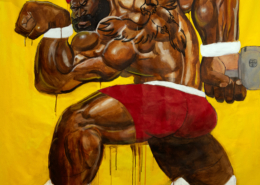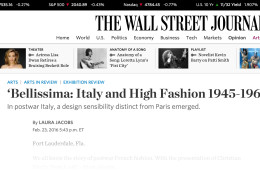 https://nsuartmuseum.org/wp-content/uploads/2016/03/Wall-Street-Journal-02-23-2016.jpg
1166
1970
Fulano
https://nsuartmuseum.org/wp-content/uploads/2021/03/NSU-Logo-2021.png
Fulano2016-02-23 11:39:332016-08-18 12:37:34Bellissima: Italy and High Fashion 1945-1968 Review
https://nsuartmuseum.org/wp-content/uploads/2016/03/Wall-Street-Journal-02-23-2016.jpg
1166
1970
Fulano
https://nsuartmuseum.org/wp-content/uploads/2021/03/NSU-Logo-2021.png
Fulano2016-02-23 11:39:332016-08-18 12:37:34Bellissima: Italy and High Fashion 1945-1968 ReviewBellissima: Italy and High Fashion 1945-1968
February 7 – June 19, 2016
Exhibition
Image Gallery
Stefano Tonchi discusses the Bellissima exhibition at NSU Art Museum Fort Lauderdale
Bellissima: Italy and High Fashion 1945-1968
NSU Art Museum Fort Lauderdale will present Bellissima: Italy and High Fashion 1945 – 1968. The exhibition, on view February 7 through June 19, 2016, explores the remarkable period of creativity in Italy that gave rise to Italian high fashion (alta moda) and was notable for extraordinary contributions in art, architecture, cinema, theater and photography. The exhibition traces the development of Italian high fashion and examines the crucial role Italy played in its international success. Bulgari has a longstanding affiliation with the worlds of fashion as well as art and is proud to present the Bellissima: Italy and High Fashion 1945-1968 exhibition.
Bellissima: Italy and High Fashion 1945 – 1968, a project by MAXXI: National Museum of the XXI Century Arts in Rome, is curated by Maria Luisa Frisa, critic, fashion curator and professor at IUAV University of Venice, Anna Mattirolo, MAXXI Arte Director and Stefano Tonchi, Editor-in-Chief of W magazine.
Bellissima recreates the alluring atmosphere of Italian high fashion during a time when designers such as Emilio Schuberth, Sorelle Fontana, Germana Marucelli, Mila Schön, Valentino, Simonetta, Roberto Capucci, Fernanda Gattinoni, Fendi, Renato Balestra, Biki, Irene Galitzine, Emilio Pucci, Fausto Sarli and many others made important contributions to the image of Italy around the world. The exhibition also highlights the fluid relationship of fashion design with art, architecture, filmmaking and theater, and explores the roles that Rome, Florence, Milan and Venice played in the production and staging of fashion during this extraordinarily creative and productive time.
“This moment in history laid the foundation for Italy’s future ready-to-wear fashion, and the exhibition traces its beginnings within the social and cultural context,” said Stefano Tonchi. “The high fashion of that time was grounded in a strong sense of reality: They were luxury creations, but nonetheless practical; precious, embroidered textiles that had a certain simplicity; short cocktail dresses that allowed for movement; and warm, roomy coats accompanied by oversized handbags. This awareness of reality created an opportunity for a fashion system that truly served its patrons, with garments designed for the life of the modern woman.”
Featured will be more than 90 designer garments, that define the identity of Italian fashion, revealing its themes and distinguishing features — from spectacular creations that lit up grand ballrooms and theaters, to elegant cocktail dresses, from the distinctive black and white graphic look, to the chromatic explosion of the 1960s, from creations made for the actresses of the so-called Hollywood on the Tiber (with outfits specifically designed for Ava Gardner, Anita Ekberg, Ingrid Bergman, Lana Turner, Kim Novak, Anna Magnani), to results of sophisticated formal research of collaborating couturiers and artists, along with suits and coats that depict luxury expressed as day wear.
Also featured will be accessories representing the exceptional Italian craftsmanship and innovation for which the “Made in Italy” brand became known, including costume jewelry, shoes, hats and handbags by such names as Coppola e Toppo, Ferragamo, Fragiacomo, Gucci and Roberta da Camerino.
One-of-a-kind jewels from the Bulgari Heritage Collections, part of the exhibition since its inception at the MAXXI in Rome, will showcase the brand’s innovation and experimentation during this key period and role in establishing Italy as an international fashion capital. Among the pieces on loan for the exhibition by private collectors are iconic Serpenti creations in gold with diamonds, rubies or enamel, necklaces from the 1960s in gold with emeralds, rubies, sapphires and diamonds.
Daniel Paltridge, President, Bulgari North America comments, “Partnering with the NSU Art Museum and the brilliant curators behind this collaboration is meaningful for Bulgari. Collectively we brought to life one of the most profound eras of the fashion industry – a period of great importance to Italy and international success of Bulgari. From the immediate post-war years to the magical period of the Dolce Vita, Bulgari emerged as the emblematic jeweler of Italian excellence. The exhibition will feature extraordinary Bulgari designs during this pivotal period that helped define the history of jewelry. Bulgari’s involvement in the Bellissima exhibition pays homage to this era, and dedication to craftsmanship and timeless designs.”
Bonnie Clearwater, NSU Art Museum Director and Chief Curator notes, “The exhibition captures the vibrant spirit of creativity in art, fashion and entrepreneurship that is the foundation of Italy today. The exhibition’s fashions and innovative jewelry by Bulgari played an important role in Italy’s high fashion renaissance and were pivotal to the promotion of Italian fashion worldwide. The story of Italy’s rebuilding after World War II is also an essential part of America’s history, and the decades represented in Bellissima underscore the museum’s special focus on these postwar years, making it an ideal exhibition for our community as we celebrate a 30th anniversary.”
Clothing, accessories and jewelry will be shown alongside art, film and photography in a dynamic installation.
The exhibition highlights the rise of Italian cinema and role of filmmakers such as Luchino Visconti, Michelangelo Antonioni and Federico Fellini, whose La Dolce Vita reinvigorated interest in Rome. It also includes works by artists such as Luciano Fontana, whose slashed canvases inspired fashion designer Mila Schön.
The years 1945 to 1968 were seminal to defining high fashion in Italy. In an effort to restore and stabilize the Italian post-World War II economy, significant financial investments were made to support and revitalize the Italian fashion industry. Drawing on a rich artistic and cultural history that was part of their everyday life, designers produced luxury creations that were also practical and helped reactivate textiles, silk and leather factories that provided jobs for skilled craftsmen. The factories were key to the revitalization of Italy’s economy after the war. Not only did the factories put skilled labor back in the workforce; the manufacturers were key advertisers in magazines, which promoted the new stylish and creative Italy.
A special section of the exhibition that premiered during its Fall 2015 presentation at the Villa Reale in Monza, Italy, and that will be on view at NSU Art Museum Fort Lauderdale, features a unique collection of textiles that underscores the importance of the Italian textile industry in design and promotion of Italian fashion in the past as well as today. Italy’s high fashion and its textile industry are closely linked, as is evidenced in the choice of daywear, one of its most successful expressions. Among the fashion archives represented in the textile section are: Agnona, Bedetti Pedraglio, Botto Giuseppe & Figli, Bozalla, Clerici Tessuto, Faliero Sarti, Lanerossi, Lanificio Fratelli Placenza, Lanificio G.B. Conte, Lanificio Trabaldo Piero Togna, Lanificio Zignone, Luigi Verga, Marzotto, Pria, Ratti, Rivetti, Tallia di Delfino, Taroni, Valditevere.
Textile pattern and swatch books of the various and richly colored fabrics produced by Italy’s textile factories as well as fabrics themselves will be on display, along with research materials and photographs of models wearing clothing created from them.
The presentation of Bellissima: Italy and High Fashion 1945 – 1968 at NSU Art Museum Fort Lauderdale is presented by Bulgari.
Additional support for this exhibition is provided by the Consulate General of Italy in Miami, Italian Trade Commission, Vontobel Swiss Wealth Advisors AG, PNC Bank, Funding Arts Broward, Condé Nast and La Rosa mannequins. Media Partner: CBS 4
Accommodations provided by Pelican Grand Beach Resort.
Exhibitions and programs at NSU Art Museum Fort Lauderdale are made possible in part by a challenge grant from the David and Francie Horvitz Family Foundation. Funding is also provided by Nova Southeastern University, the Broward County Board of County Commissioners as recommended by the Broward Cultural Council and Greater Fort Lauderdale Convention & Visitors Bureau, and the State of Florida, Department of State, Division of Cultural Affairs and the Florida Council on Arts and Culture.
Presenting Sponsor: Bulgari
Additional support provided by the Consulate General of Italy in Miami, Italian Trade Commission, Vontobel Swiss Wealth Advisors AG, PNC Bank, Funding Arts Broward, Condé Nast, La Rosa mannequins and Pelican Grand Beach Resort. Media partner: CBS4. Billboards generously provided by Miles & Tara Forman and Austin & Christine Forman.
A project by Maxxi: National Museum of the XXI Century Arts in Rome.

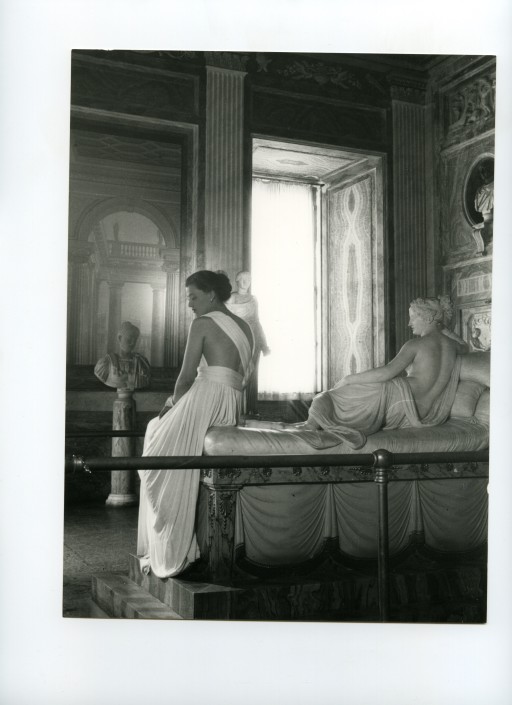
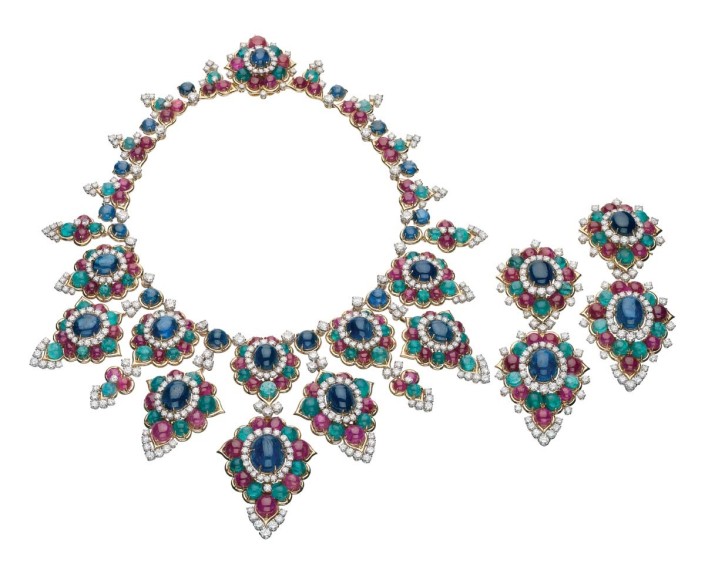
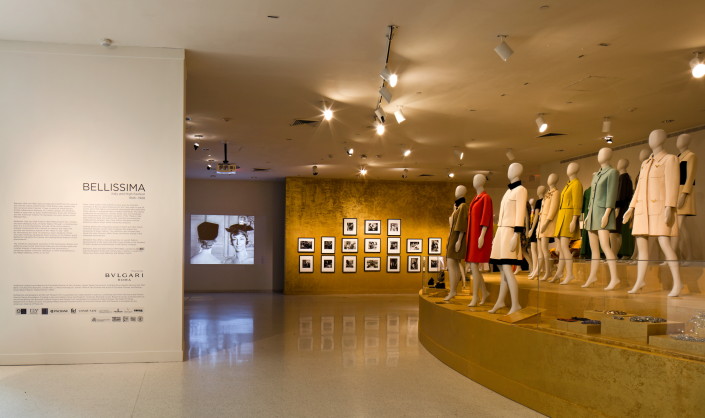
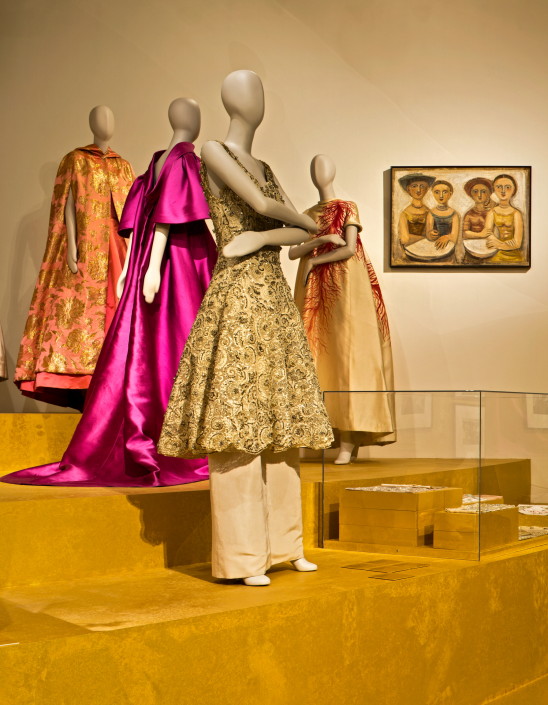
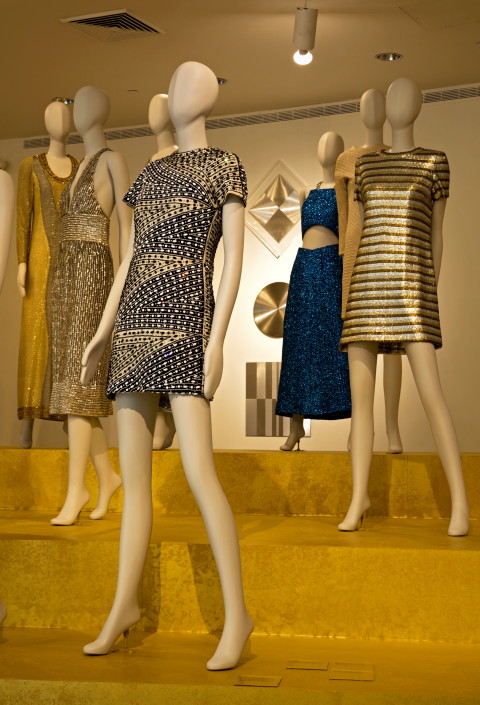
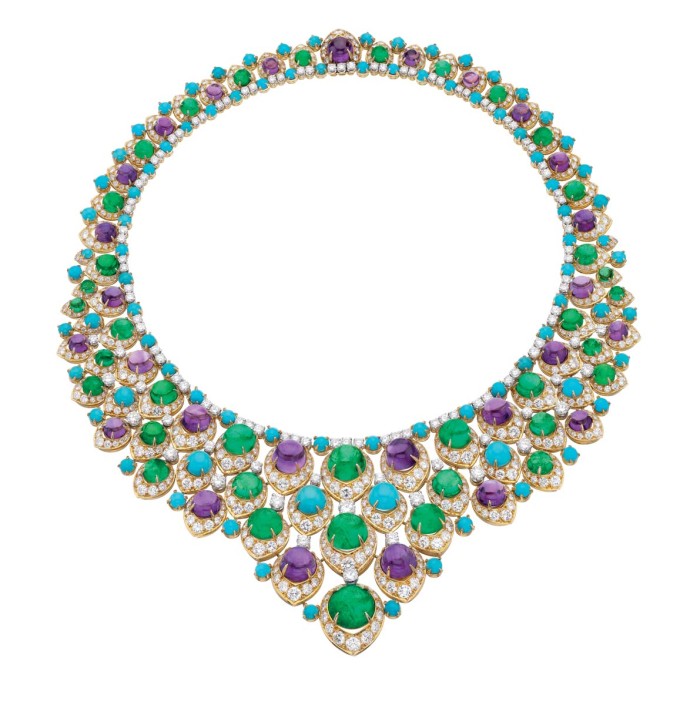
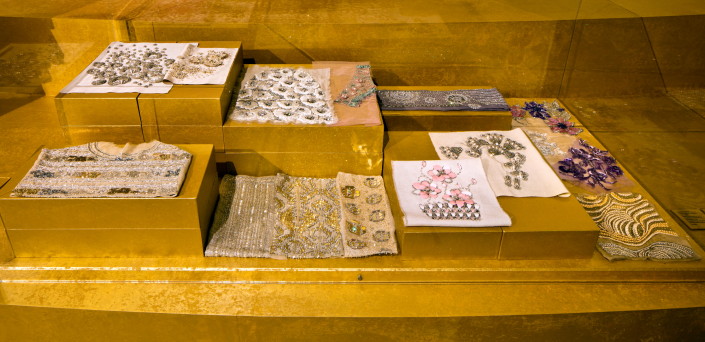
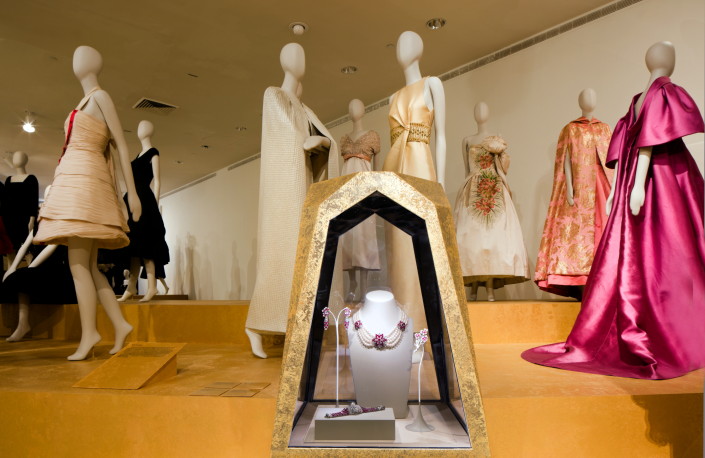
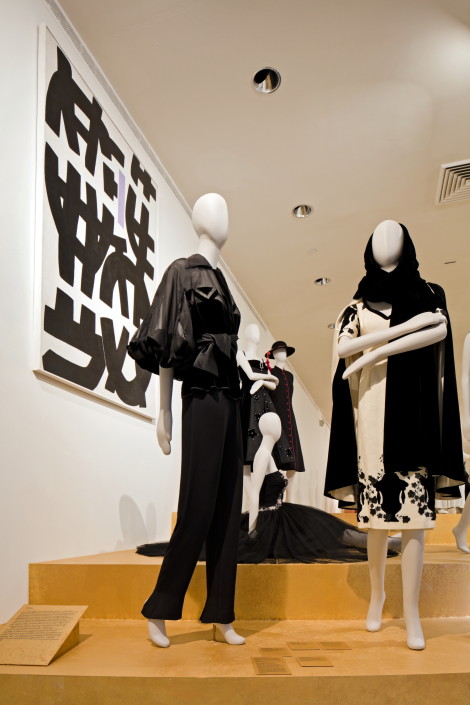
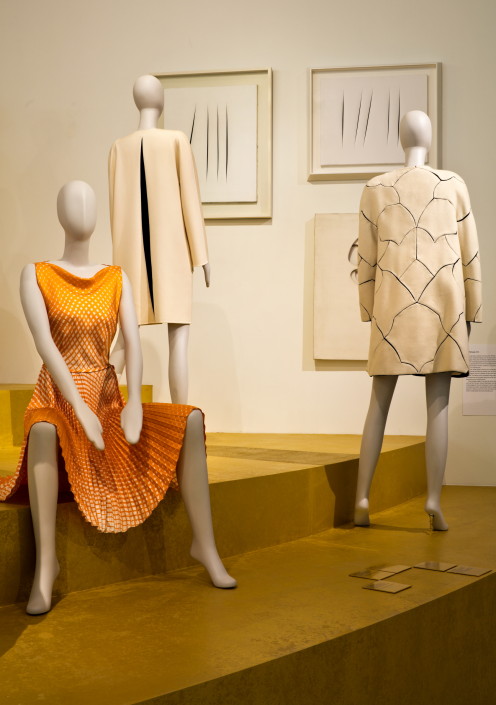
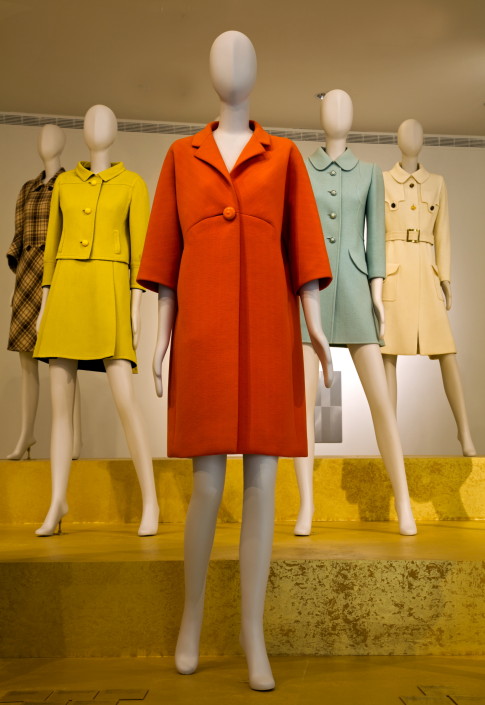
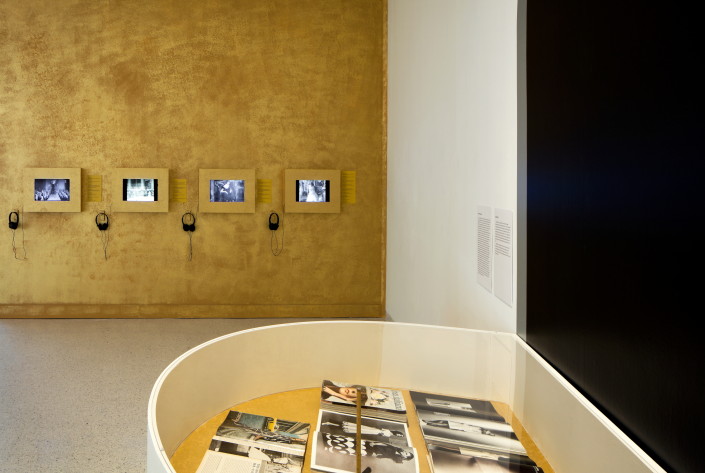
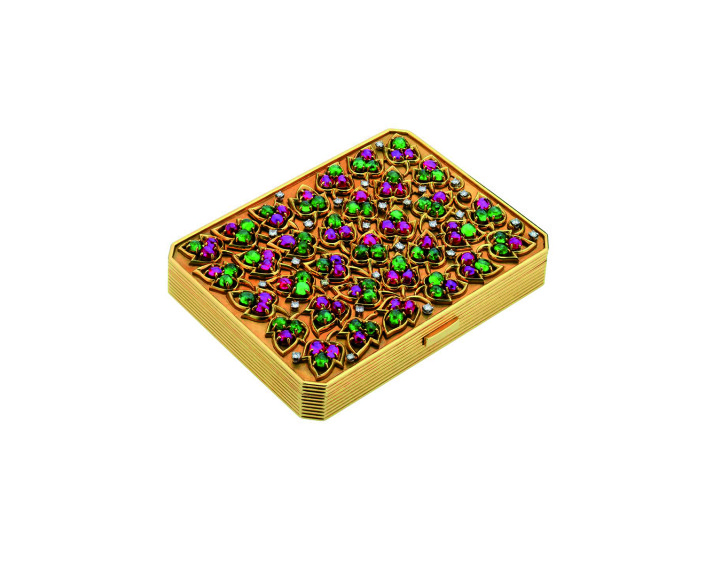
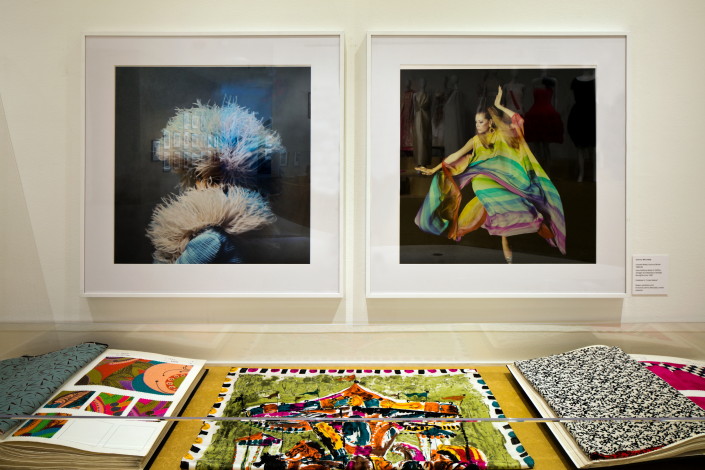
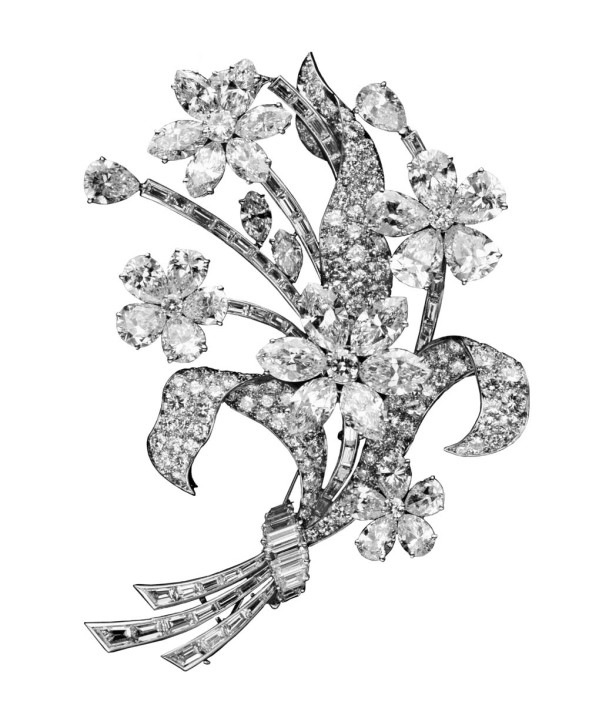


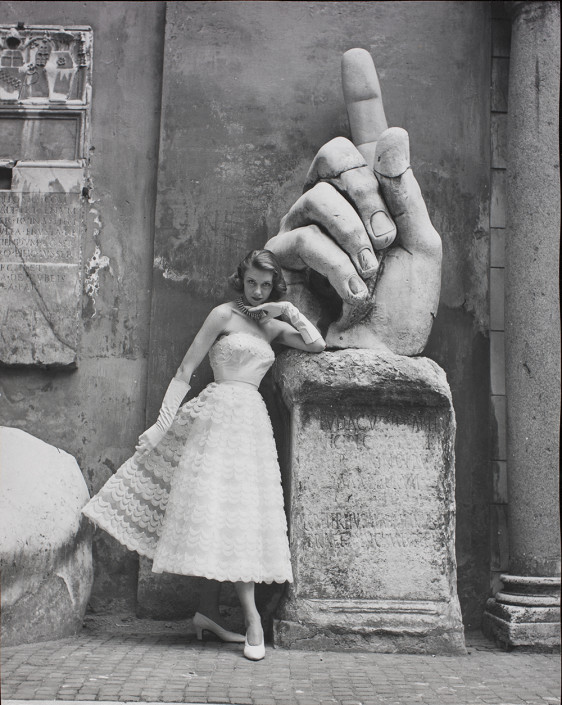
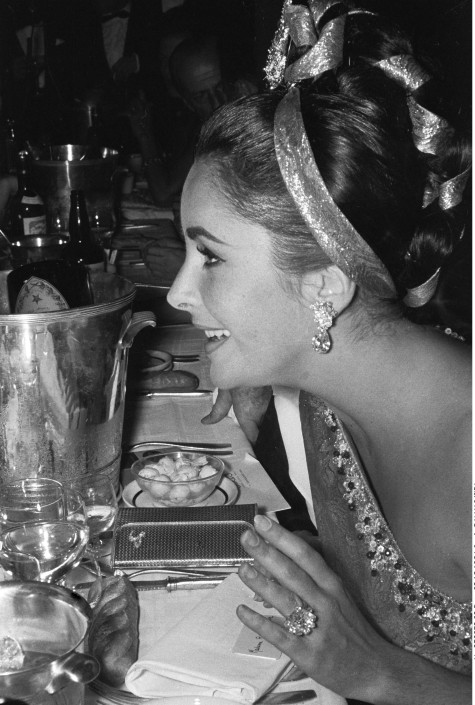
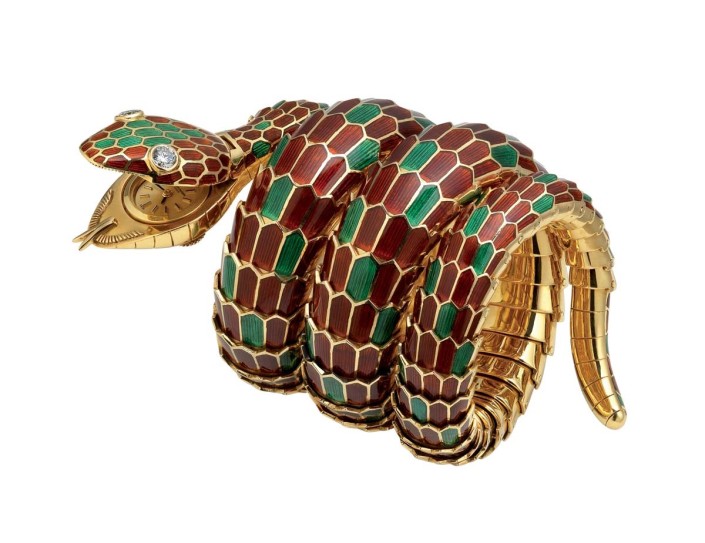
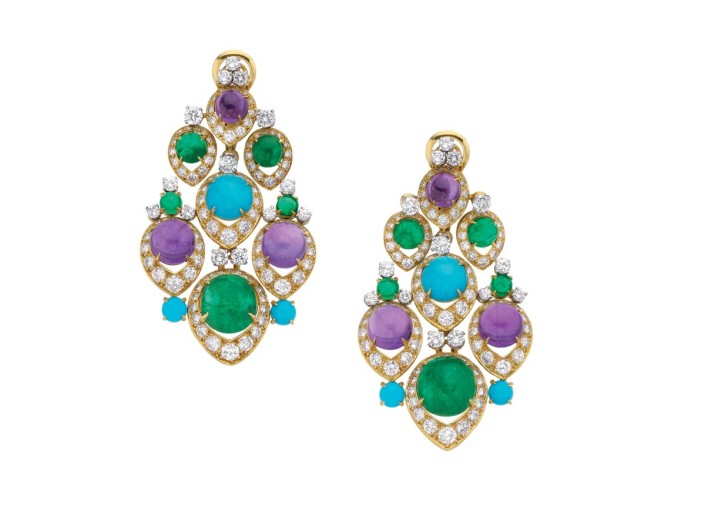
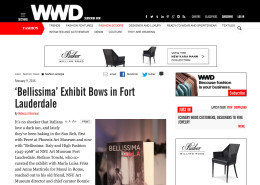
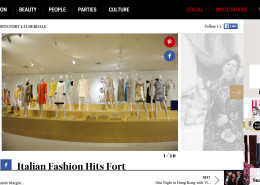
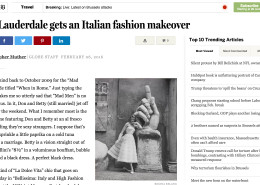
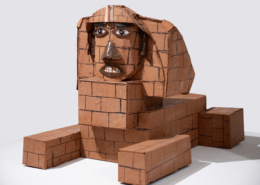
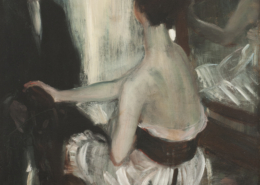 William J. Glackens Seated Across with Mirror, c.1903. NSU Art Museum Fort Lauderdale; gift of the Sansom Foundation, Inc.
William J. Glackens Seated Across with Mirror, c.1903. NSU Art Museum Fort Lauderdale; gift of the Sansom Foundation, Inc.